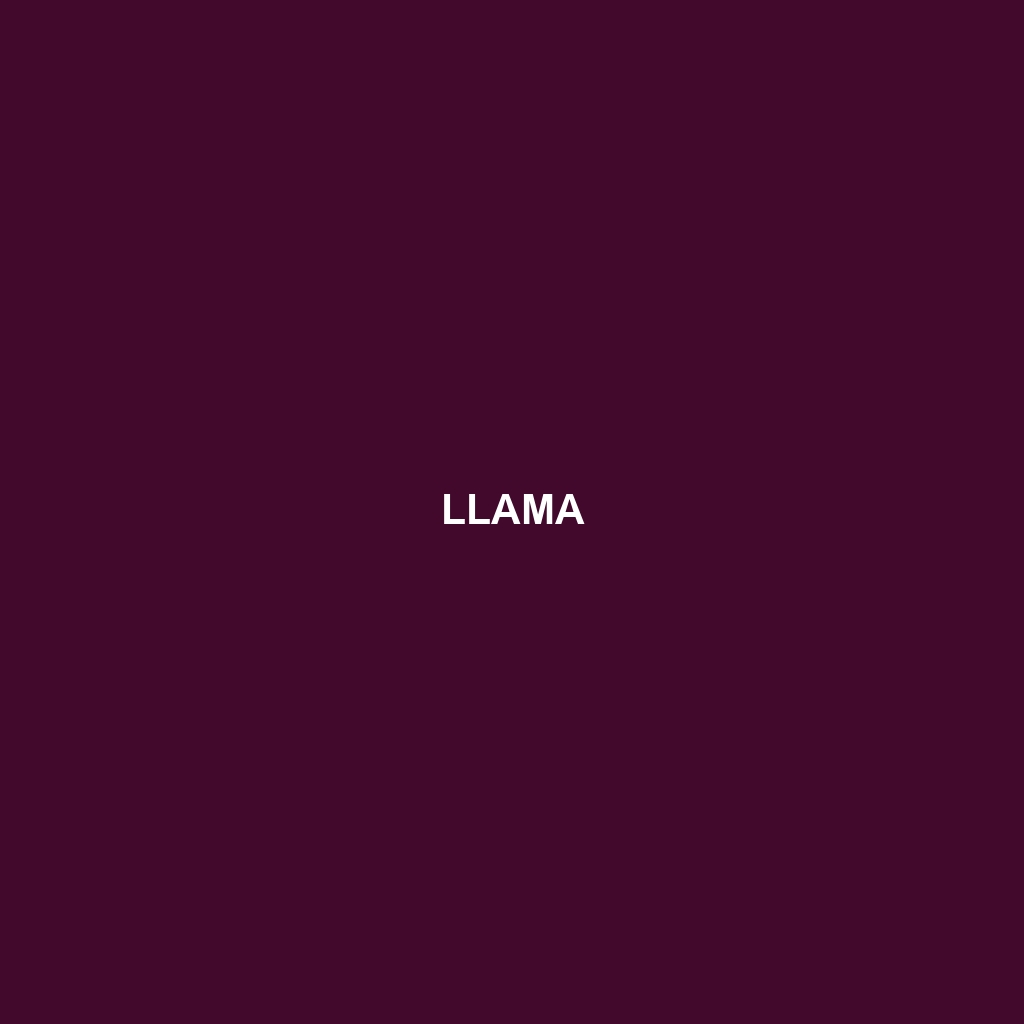Wild Bactrian Camel (Scientific Name: Camelus ferus)
Common Name: Wild Bactrian Camel
Scientific Name: Camelus ferus
Habitat
The Wild Bactrian Camel is primarily found in the harsh desert environments of Central Asia, particularly in the deserts of Mongolia and China. These camels inhabit regions such as the Taklamakan and the Gobi Desert, where they thrive in arid conditions characterized by sparse vegetation and extreme temperatures.
Physical Characteristics
Wild Bactrian Camels are notably smaller than their domesticated counterparts. They typically stand about 6 to 7 feet tall at the hump and weigh between 1,000 to 1,400 pounds. Their distinctive features include two humps on their back, a thick coat of soft fur that varies in color from light brown to dark brown, and long, curved legs adapted for traversing sandy and rocky terrains. The camels also possess large, padded feet, which help them navigate their challenging habitat.
Behavior
These camels are known for their adaptability to extreme conditions, able to survive without water for extended periods and endure harsh climates. Wild Bactrian Camels are social animals that typically live in small herds led by a dominant male. Their behaviour includes a variety of vocalizations, body postures, and facial expressions that facilitate communication. They are primarily crepuscular, being most active during dawn and dusk, which helps them avoid the blistering heat of the day.
Diet
The diet of the Wild Bactrian Camel consists of a range of desert vegetation, including saltbush, tamarisk, and various grasses. They have evolved to tolerate high-salinity foods, which is quite unique among camelids. Their feeding habits allow them to make the most of scarce resources, enabling them to thrive in environments with limited food availability.
Reproduction
Wild Bactrian Camels typically breed in the spring, with a gestation period of approximately 13 months. Females usually give birth to one calf, which is able to walk shortly after birth. Calves are nursed by their mothers for about six to twelve months. The nurturing behavior of the mother includes protective actions against predators and teaching the young ones vital survival skills.
Conservation Status
The Wild Bactrian Camel is currently classified as “Critically Endangered” on the International Union for Conservation of Nature (IUCN) Red List. Their population has declined significantly due to habitat loss, poaching, and competition with domestic livestock for resources.
Interesting Facts
One fascinating fact about the Wild Bactrian Camel is their ability to drink water that is more saline than seawater without adverse effects. This adaptation is crucial for their survival in the extremely salty environments they often inhabit. Additionally, these camels are believed to be one of the last remaining species of the original wild camels, making their conservation imperative.
Role in Ecosystem
Wild Bactrian Camels play a vital role in their ecosystem by helping to shape the vegetation patterns of the arid landscapes they inhabit. By grazing on certain plants, they contribute to the biodiversity of their environment and provide a food source for predators. Their unique physiological adaptations also highlight the interactions and intricate balance within desert ecosystems.
